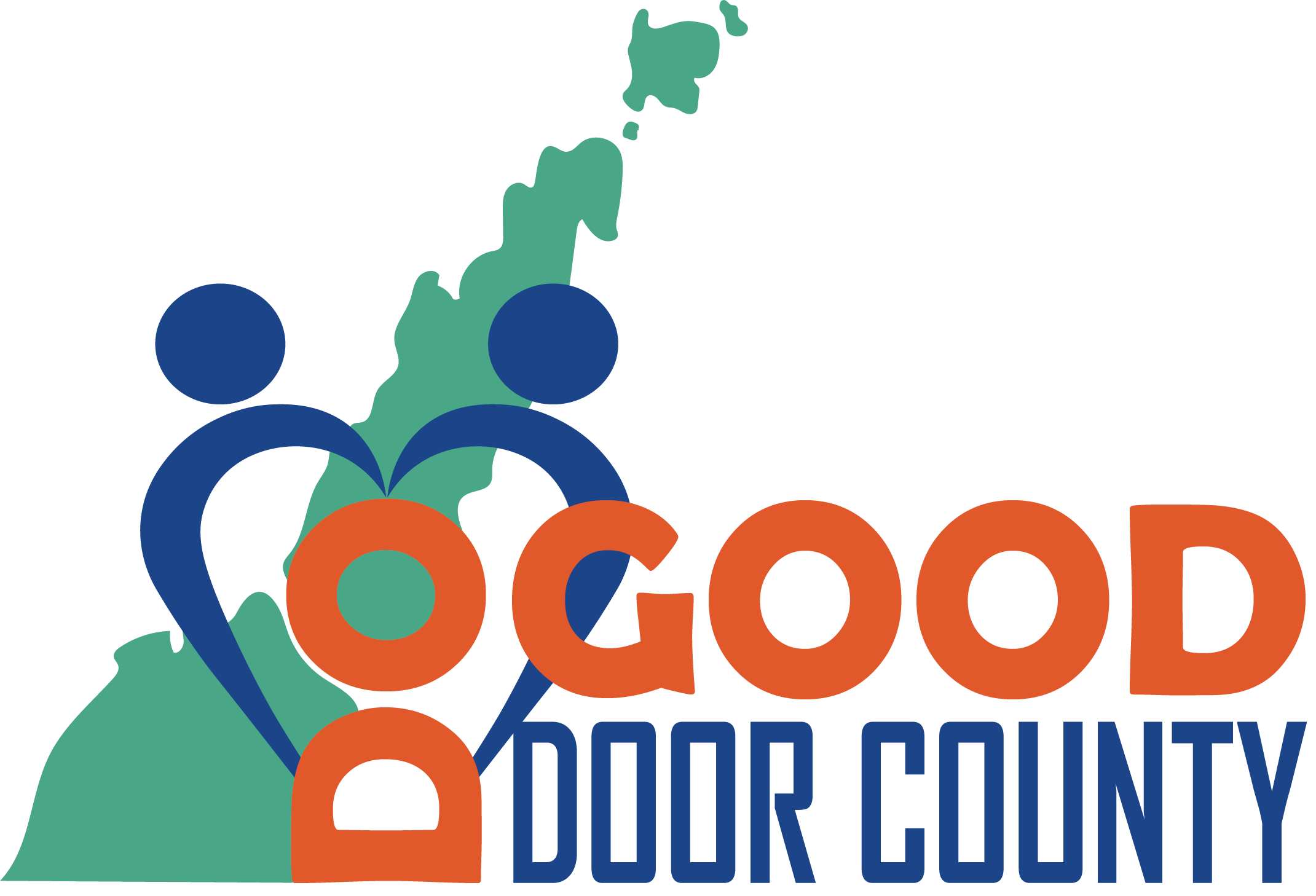At the Community Forums, we used the 8 Domains of Livability of an Age-Friendly community to guide the conversations. Let’s take a closer look at each domain, the first being Outdoor Spaces and Buildings. The World Health Organization views this as important because “the environment has a major impact on the mobility, independence and quality of life of older people as they go about their daily lives beyond the comfort of their homes. A clean city with well-maintained recreational areas, ample rest areas, well-developed and safe pedestrian and building infrastructure, and a secure environment provides an ideal living environment for seniors to age-in-place in.”
So what can this look like? If we look at parks, they have wide walkways with defined greenery, accessible toilets, and ample seating spaces throughout. Walking audits are recommended to ensure that the parks can be comfortable enjoyed by seniors. Other accomodations for the visually impaired should also considered for large outdoor areas, those simple like contrasting color on signs and tactile markers on maps to those with technology such as digital announcement signs and GPS navigational apps for smartphones.

Large indoor public spaces like theaters and museums should also consider these same ideas for the visually impaired. Commonly expected are accommodations such elevators, wheelchair ramps, and free manual wheelchair usage. Also important are assistive listening devices and systems that help those with or without hearing aides. Some assistive listening devices are designed for large facilities such as classrooms, theaters, places of worship, and airports. Other types are intended for personal use in small settings and for one-on-one conversations. Assistive listening systems are the gateway through which people with hearing loss access the sound being transmitted through a public address system or sound system. If a person wants to conveniently connect to one of these systems, it is useful for their hearing device have a telecoil. Assistive listening systems for large facilities include hearing loop systems, frequency-modulated (FM) systems, and infrared systems.
In any public building, modifications to existing spaces and socially inclusive architecture in new buildings go a long way to making everyone feel more comfortable, especially seniors. Here’s a short list:
- Create clear, unobstructed paths. To prevent falls, keep the main walkways clear of all obstacles. Large open hallways and entrances are easier for everyone to move through.
- Use solid floor colors. High-contrast floor colors and busy patterns can trick the eye into perceiving obstacles that don’t exist. If visitors think they see a step or a hole in the floor, they may trip or fall. Patternless light-colored floors are easier to see clearly.
- Improve the lighting in every room. Visitors may have visual impairments that make it hard to see in dim light. Having a combination of natural light and soft artificial lighting in the space solves this problem.
- Test the acoustics to dampen excessive noise. Soft furnishings and textured walls help prevent rooms from getting too loud.
- Make bathrooms more accessible. A Centers for Disease Control and Prevention study found that more than 50 percent of the aging population experience some urinary incontinence. By increasing the number of bathrooms on every floor, you can support this population.
- Have at least one single-occupancy bathroom per floor. Private bathrooms are more comfortable for people who have incontinence because they can change sanitary pads or their clothes in privacy. These bathrooms are also larger, making it easier for caregivers to help their clients use the toilet or change.
- Offer discrete disposal areas for medical waste. Medical conditions should never be a source of embarrassment. Having a place where people can dispose of sanitary pads, diabetic test strips, or other medical waste in privacy is very important. You can install waste bins inside of each bathroom stall or place a discrete bin just outside of the bathroom.
- Use durable seating materials. Some people who have incontinence are afraid to leave their homes in case they have an accident in public. A common worry is that they will stain or damage seats. Dark-colored seats made from a spill and stain-resistant material puts visitors at ease.
- Make seats more comfortable. Varying seat heights, sturdy chair arms, and ergonomic support make everyone feel more comfortable.
Everyone wants to live in dignity, and this is especially true as we age. Socially inclusive architecture helps us achieve this goal by removing the barriers that separate the young and old. Finally, there are the “soft” needs for older adults in public space. Good customer service for older people in the community is a common request, with some responding by giving older customers priority service, special service counters, and seating arrangements.
And then there is all those winter months…what to do? The 8 80 Cities organization, in collaboration with the AARP, has developed a guide to Winter Placemaking. Winter placemaking is a means to re-envision the ways that public spaces are created and used in winter in order to foster social connection, physical activity, and the many benefits of a vibrant public realm all year round. You can find more at their publication – https://www.880cities.org/wp-content/uploads/2021/09/Winter-Placemaking-Guide.pdf.
In the next blog, we’ll talk about the second domain of livability…transporation!

